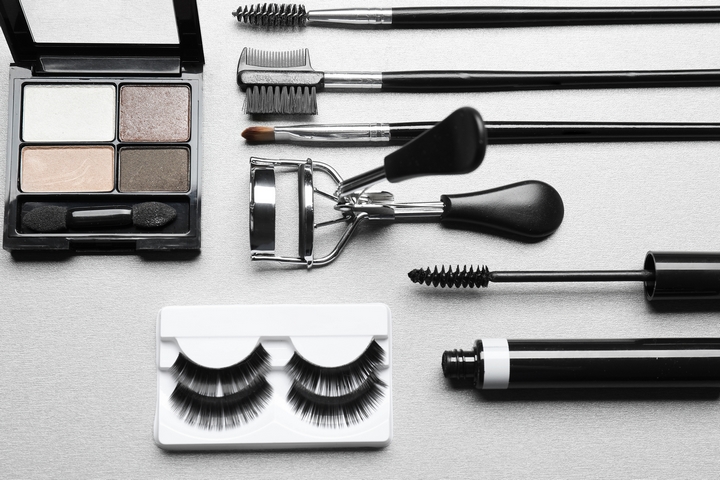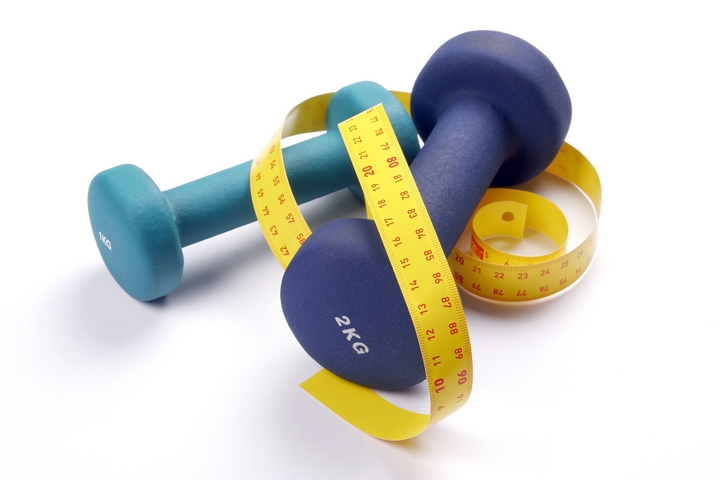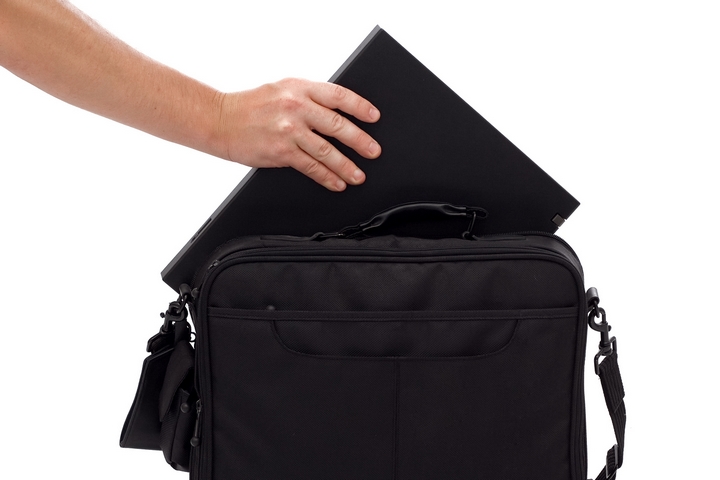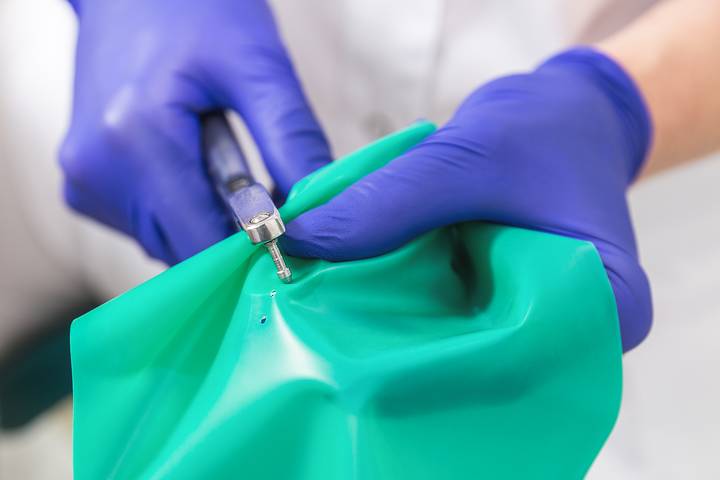
The dentistry industry is packed with many essentials, like dental dams, that many don’t know much about but make work easier and safer. A dental dam refers to a thin piece of latex (or similar materials) that stretches to be used during various dental operations. This sheet prevents the spread of bacteria through the accidental exchange of saliva or blood into or from the area being worked on.
Rubber dams have significantly benefitted dentistry, preventing contamination during dental procedures. Above all, hospital or licensed dental officers should purchase dental dams from a trusted brand or dealer for high quality and safety.
This blog will discuss the tips for using a dental dam easily and for maximum safety.
Tip #1: Single-Use
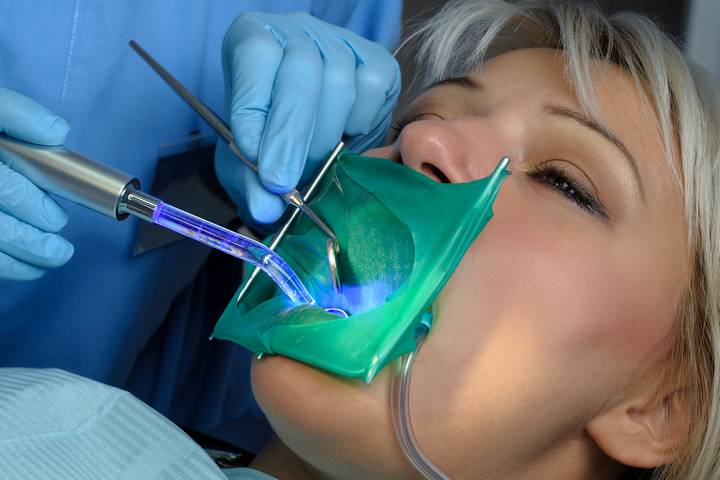
A dental dam should only be used once and not repeatedly. That means dentists should have a single dam for every operation to ensure total protection from infections. It’s also important not to use the same dam for two people regardless of their relationship (not even identical twins).
That way, there will be no chances of bacteria transfer from a previous dental surgery or a different patient.
Tip #2: Check for Damages
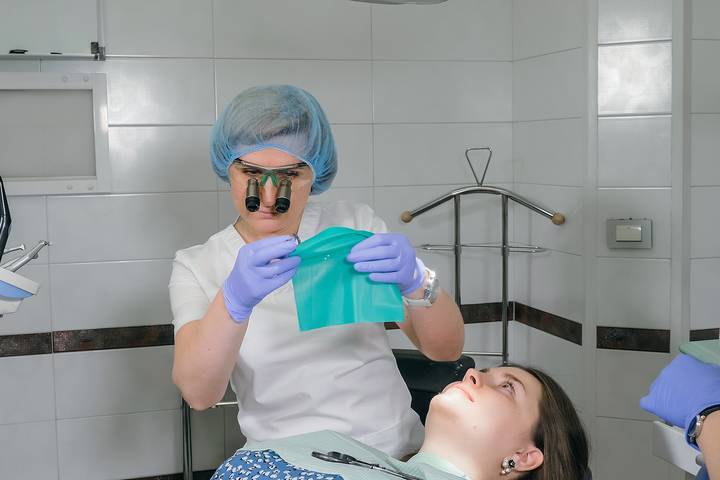
Dentists should inspect damages on dental dams before using them on a particular patient. The most common damages on dental dams include perforations or tears. They are mainly caused by poor storage, expiry, or inappropriate transportation or handling of the dam.
Once you remove the barrier from its package, you should inspect it critically before putting it in the patient’s mouth. Damaged rubber dams may not deter the passage of bacteria effectively.
Tip #3: Use One Side of the Dam
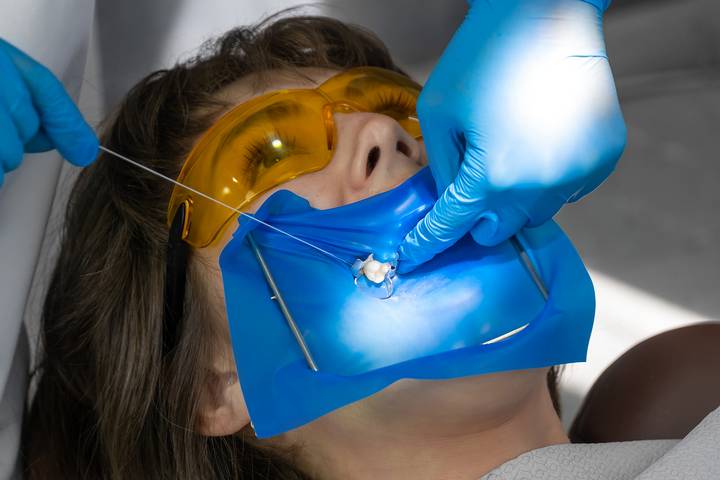
Another tip for using a dental dam is to use only a single side. It would be best if you didn’t flip the other side during the operation as that attracts infection from the previously used side.
Carefully remove the rubber dam to prevent dirt and other residue from spilling into the untouched areas. Let the patient remain calm during removal to ensure no accidental spills.
Tip #4: Educate the Patient About Rubber Dams
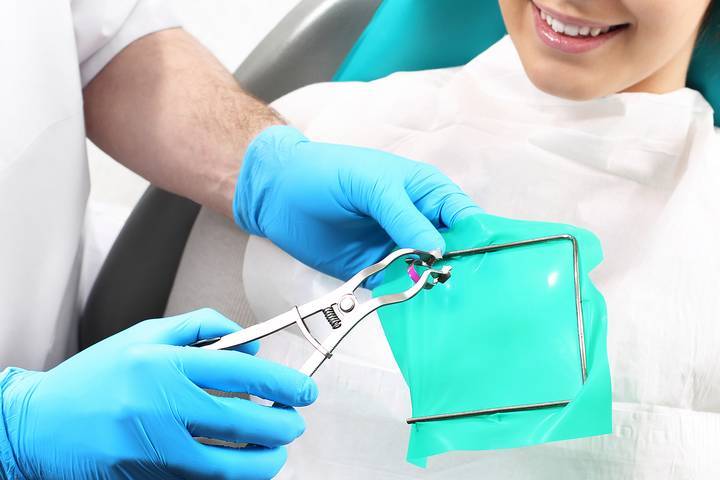
Using a rubber dam on a patient without their consent is not advisable. Also, persuading the patient to accept using the dam without understanding how it works or its benefits is not encouraged. First, you should explain to the patient the most straightforward words: the sheet, how it is done, and why you will need it for the procedure.
With these details, the patient will be calm, knowing everything is in control. In cases where patients refuse dental dams due to fear or other reasons, you can engage a senior doctor to convince them or give them more time to think about it.
Tip #5: Be a Professional
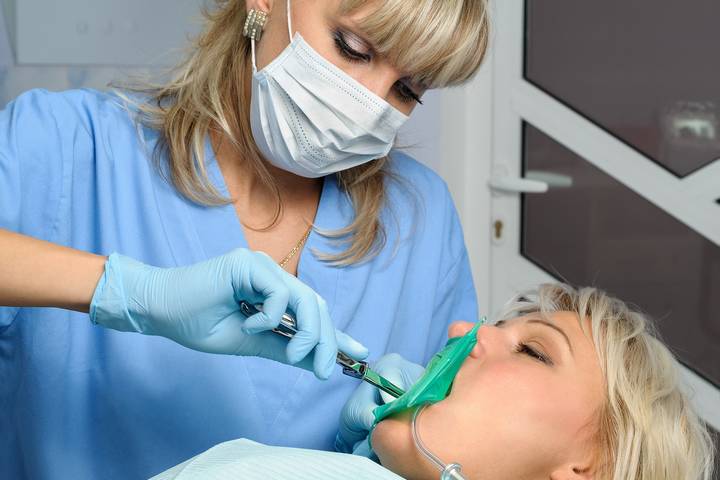
Professionals should strictly handle dental dams. Hence, you must have studied dentistry and practiced working with different dental supplies, including a rubber dam. If you’re not an expert, you can install the barrier improperly, risking the patient’s health and yours. Furthermore, handling dental dams as a non-professional goes against the law in many provinces and can get you in trouble with the authorities.
Tip #6: Keep the Rubber Dam Until the Operation is Complete
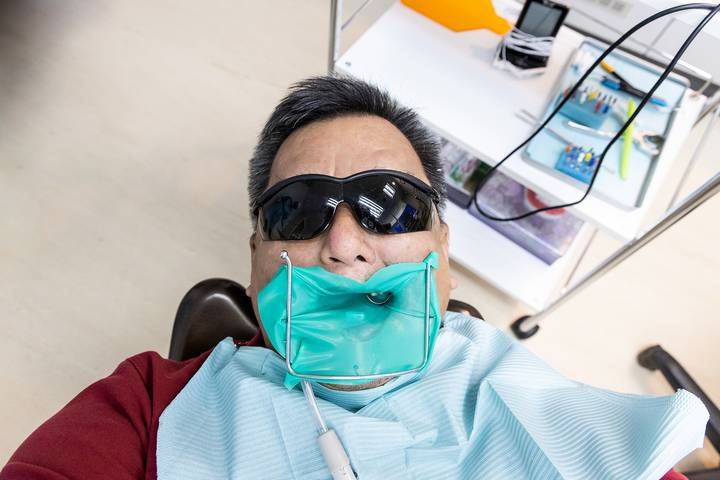
Yes, you should keep the rubber dam until the procedure is complete. That means you cannot decide to finalize the process without the dental dam, maybe because you’re almost done or already have a clear view of the area under operation.
Suppose the patient complains of discomfort during the procedure, and you must remove the dam. Be sure to extract it keenly and clean the area to prevent contamination (although it’s wiser to urge the patient to wait a little longer for the operation to end).
Tip #7: Store in a Cool and Dry Place
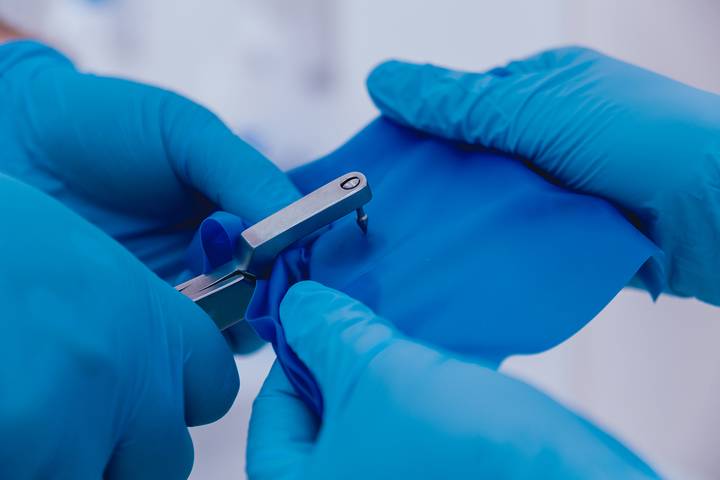
Rubber dams should be stored in a cool and dry place. Extremely high temperatures can quickly weaken a dental barrier, making it unfit. Low (humid) temperatures, on the other hand, aren’t recommended for this supply because they can compromise its quality. Appropriate storing of dental dams extends their lifespan and enhances their safety during use.
Tip #8: Dispose of Carefully
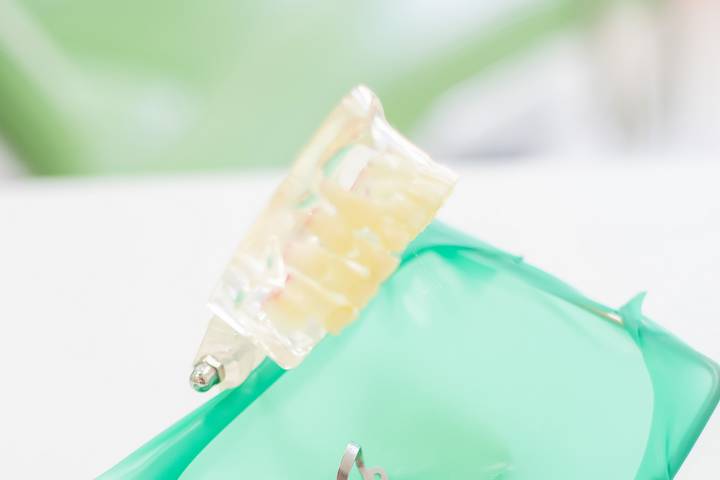
While every waste product should be disposed of carefully, dentists are urged to be keen with dental dams due to the risk involved. A poorly disposed (used) rubber dam can easily attract infection if accidentally touched by fellow dentists, patients, children, or pets. To carefully dispose of a used barrier, cover it with tissue, wipes, or any other disposable material before placing it in the designated bin (biohazard).
Expired or damaged rubber dams should also be dumped carefully to ensure kids and pets cannot access them. If there are any other regulations regarding the disposal of dental dams in your province or facility, ensure that you follow them for maximum safety.





